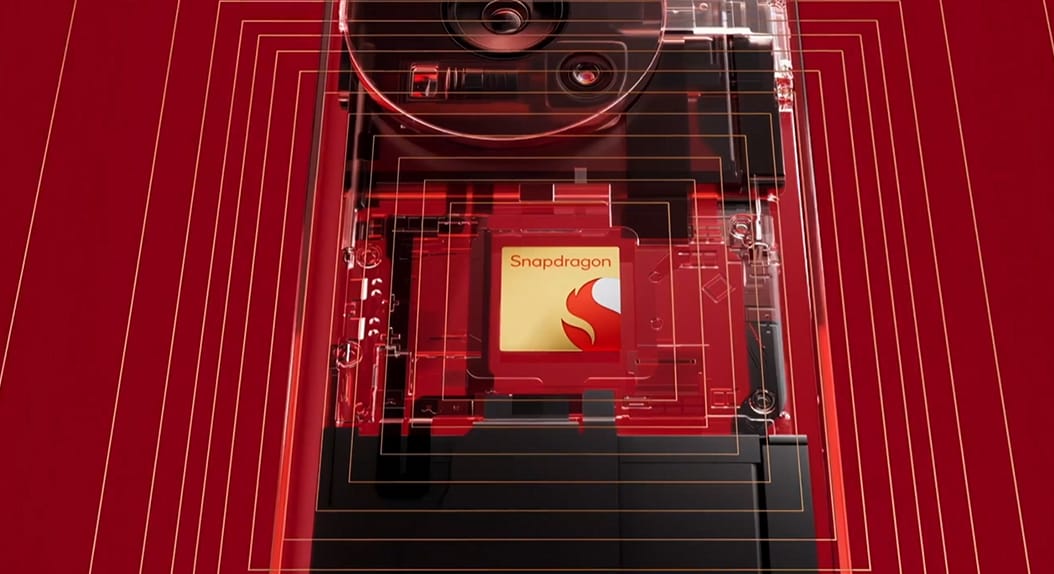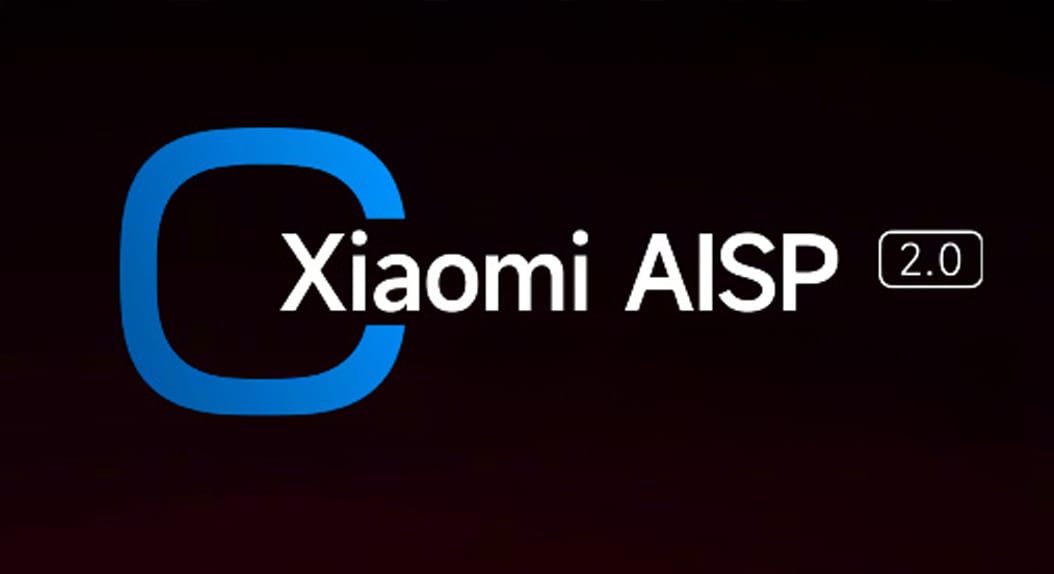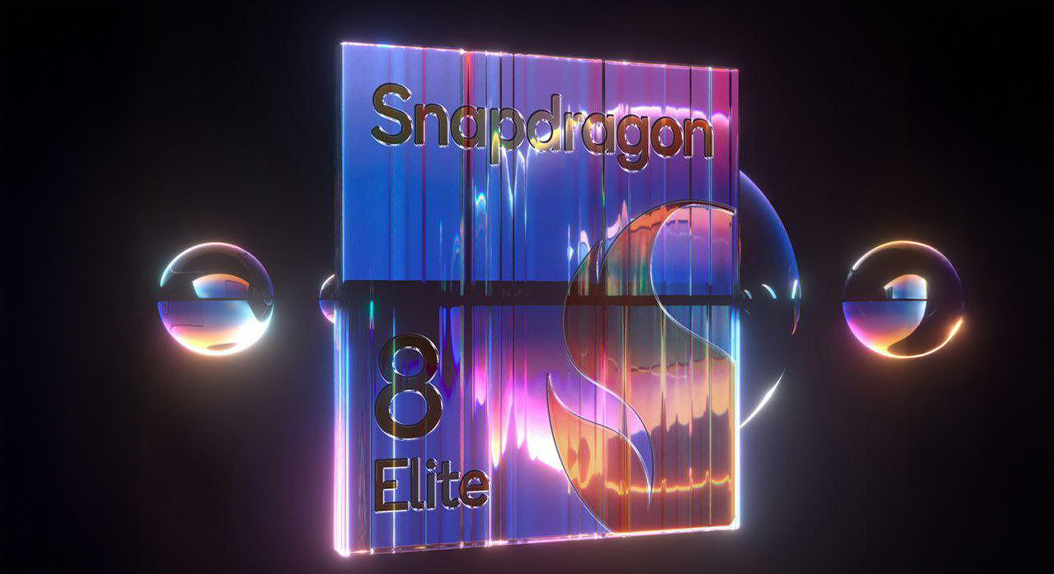For Xiaomi users, it has become very important to choose between a MediaTek Dimensity or Qualcomm Snapdragon chipset, especially considering the brand’s expansion in flagship, affordable flagship, and mid-range categories. This review tries to explain how Xiaomi strategically applies Snapdragon chipsets on premium devices like Xiaomi 15 Ultra, while shifting the high-value devices to MediaTek-based ones like Xiaomi 15T Pro.
Xiaomi’s Dual-Vendor Strategy
Xiaomi’s chipset choices directly support its global market segmentation, ensuring each category of device receives the ideal balance of performance and cost.
Xiaomi incorporates Qualcomm Snapdragon platforms into premium products where, along with sustained performance, advanced ISP features, and next-generation connectivity are key. Xiaomi bases its value-focused T-series and selected POCO models on MediaTek Dimensity, where performance-per-dollar takes precedence.
Snapdragon in Flagship Models
For years, Xiaomi has chosen Snapdragon for its high-end products. The Xiaomi 15 Ultra, powered by the Snapdragon 8 Elite built on a 3nm process, shows clearly how the company favors sustained thermal performance, advanced GPU capabilities, and superior camera processing. This ensures a flagship-grade user experience across heavy workloads, from high-end gaming to AI applications and pro photography.
MediaTek in Affordable Flagship Devices
MediaTek plays a strategic role in Xiaomi’s affordable flagship segment. The Xiaomi 15T Pro, powered with the Dimensity 9400+, achieves near-flagship CPU and GPU performance without compromising the much lower cost of the overall product. POCO models like the Poco X7 Pro (China: Redmi Turbo 4 variant) have the Dimensity 8400-Ultra for their functionality, achieving stable gaming performance with competitive power efficiency and strong thermal consistency during long sessions.
Performance, Efficiency, and Thermal Behavior
Performance characteristics between Snapdragon and MediaTek differ due to their core architecture and optimization strategies.
Peak Performance and Sustained Performance
The “all-big-core” strategy of MediaTek in its high-end chips yields strong peak benchmark results. However, under longer workloads, those chips will reach thermal limits sooner and throttle. The traditional Snapdragon P+E structure allows the SoC to distribute background and high-load tasks efficiently, maintaining superior sustained performance in long gaming sessions and heavy productivity use.
Power Efficiency and Battery Behavior
Snapdragon generally provides better efficiency in mixed daily use since it always features dedicated efficiency cores, hence providing longer screen-on time in flagship Xiaomi devices. MediaTek chips do well during short, intensive tasks and, quite often, run cooler in mid-range gaming conditions. This fact makes MediaTek strong in burst-based use while making Snapdragon better for long, continuous workloads.
Connectivity and Imaging Capabilities
Connectivity and the imaging experience are core to Xiaomi’s premium device strategy, in which Snapdragon maintains certain key advantages.
Modem and Wireless Performance
Snapdragon platforms give industry-leading 5G Advanced capability via the X75 modem, providing enhanced global roaming, advanced carrier aggregation, and AI-assisted signal optimization. This adds strong value for international travellers and users in dense urban networks.
MediaTek supports 5G and Wi-Fi 7 standards but lacks the proprietary modem features driven by AI on Qualcomm’s flagship platforms.
Camera Processing and ISP Quality
Qualcomm’s Spectra ISP forms the backbone of Xiaomi’s high-end image quality successes, especially when combined with Leica-tuned camera systems. It enables accurate color processing and better performance in low light conditions. MediaTek’s Imagiq ISP is getting better with time, and it’s supporting ultra-high-resolution sensors, but Snapdragon still has an edge in computational photography pipelines.
Software Longevity and Developer Support
Long-term software support is a priority for many Xiaomi device users, especially the modders or enthusiasts.
Custom ROM Support and Long-Term Maintenance
Snapdragon chipsets are far more compatible with custom ROMs thanks to the open kernel policies of Qualcomm and the highly developer-friendly documentation. In contrast, MediaTek has had limited availability of source code historically, which implies fewer options for long-term maintenance on community ROMs.
Inner Chip Strategy of Xiaomi
Xiaomi also develops its own silicon, including the XRING O1 platform. Though not currently widely deployed, a second-generation chipset to follow this one could help to further enhance Xiaomi’s autonomy and improve the long-term bargaining power the company could use against both Qualcomm and MediaTek. This also potentially shapes future generations of Xiaomi devices at all tiers.
Which Chipset Should Xiaomi Users Choose?
The ideal chipset depends on the user’s priorities and on the Xiaomi device category. Snapdragon still remains superior for flagship-level performance, advanced camera systems, global 5G capabilities, and long-term software longevity. MediaTek offers great performance per cost, particularly in Xiaomi’s affordable flagships and mid-range gaming devices, by offering efficient daily use and stable thermal behavior.
For Xiaomi buyers:
- Choose Snapdragon for global connectivity, pro-grade photography, sustained gaming, and custom ROM potential.
- Choose MediaTek for excellent value, fast burst performance, and cost-efficient mid-range gaming stability.
Both serve critical roles in Xiaomi’s multi-tier strategy for serving diverse global users effectively.


 Emir Bardakçı
Emir Bardakçı







